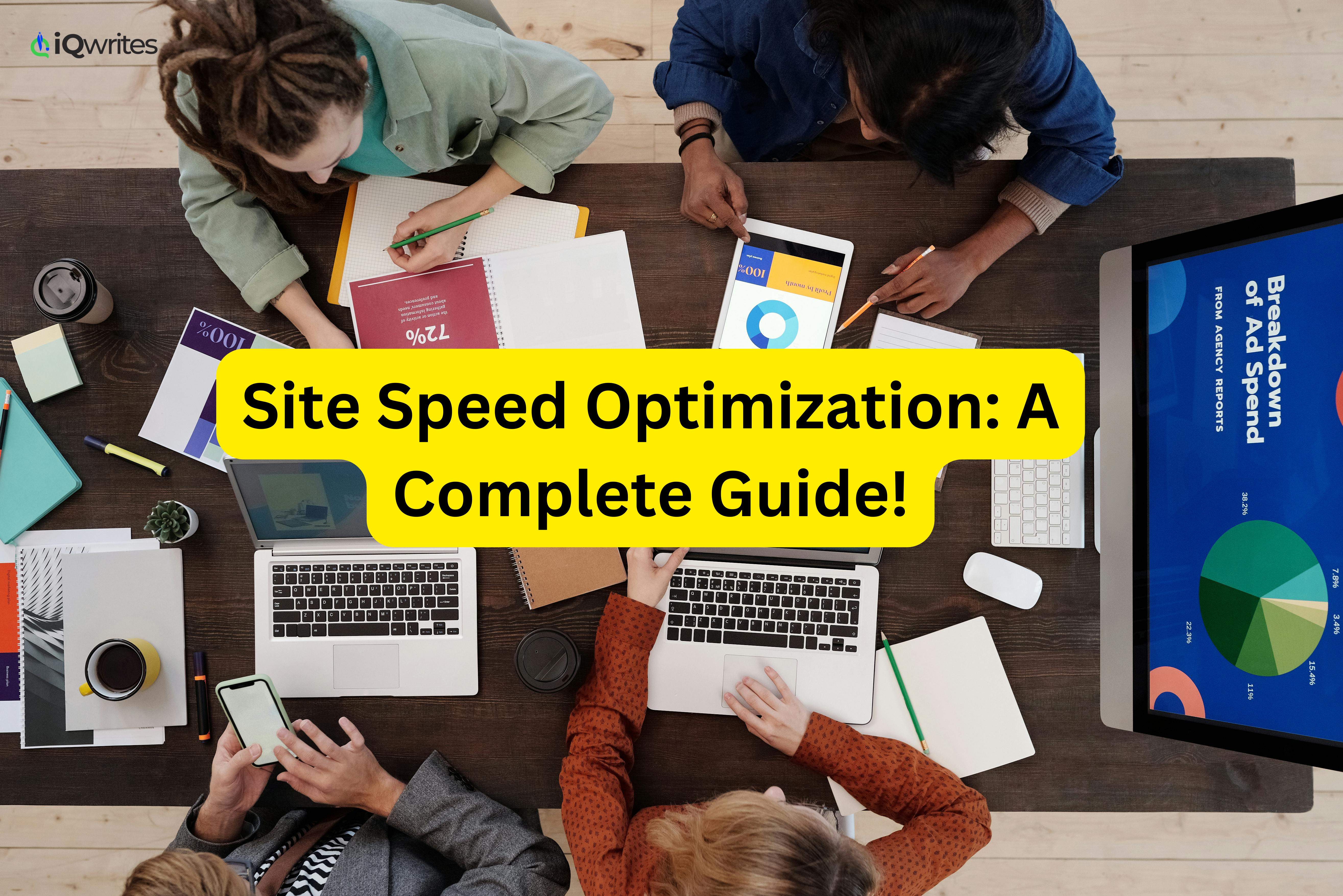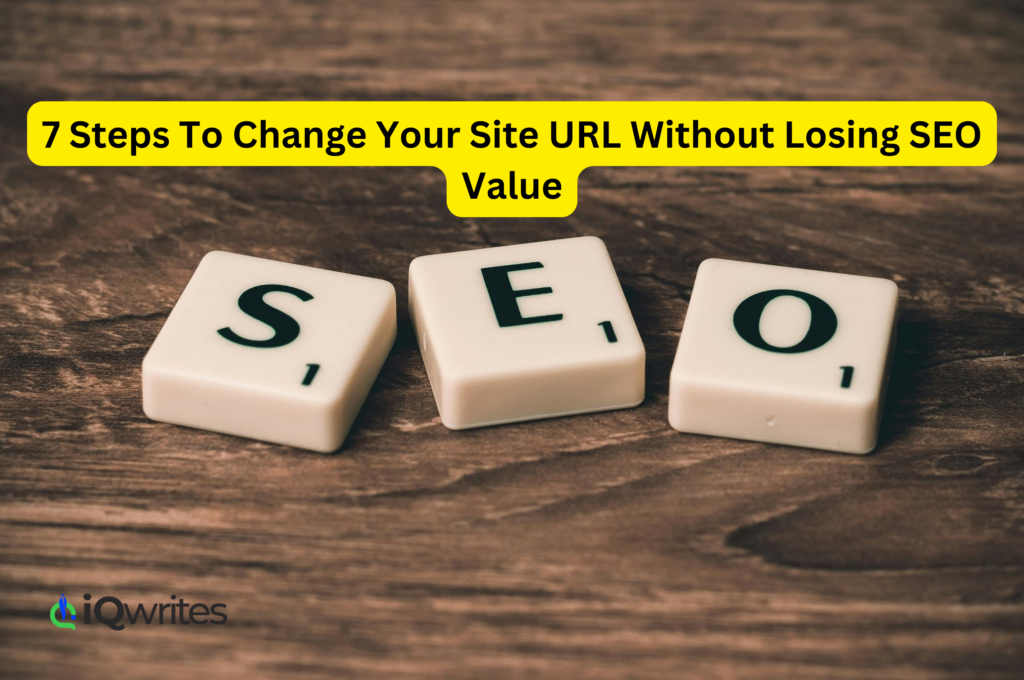In today’s digital landscape, website speed plays a crucial role in user experience, SEO rankings, and overall business success. A slow-loading website can frustrate visitors, drive potential customers away, and negatively impact your brand. This article explores site speed optimization in detail and provides actionable strategies to make your website faster.

What is Site Speed Optimization?
Site speed optimization is the process of enhancing your website’s performance by improving loading times and reducing latency. A well-optimized site loads quickly across all devices, including desktops, tablets, and smartphones, regardless of the user’s location or internet speed.
Why is Site Speed Important?
- User Experience
- 53% of mobile users abandon a website if it takes more than 3 seconds to load.
- Faster websites improve engagement and reduce bounce rates.
- Search Engine Optimization (SEO)
- Google considers page speed a ranking factor for both desktop and mobile searches.
- Core Web Vitals metrics, such as Largest Contentful Paint (LCP) and First Input Delay (FID), emphasize speed and responsiveness.
- Conversions
- Studies show that a 1-second delay in loading time can lead to a 7% reduction in conversions.
- Fast websites encourage users to stay longer, browse more, and complete purchases.
- Mobile Accessibility
- With the rise of mobile users, optimizing for slower network connections is essential.
How to Optimize Your Website for Speed
1. Optimize Images
- Compress Images: Use tools like TinyPNG, ImageOptim, or Squoosh to reduce file size without sacrificing quality.
- Use Next-Gen Formats: Replace older formats (e.g., JPEG, PNG) with WebP or AVIF.
- Resize Images: Upload images in the dimensions needed for your design. Avoid using massive images scaled down via HTML or CSS.
2. Minimize HTTP Requests
- Combine multiple CSS and JavaScript files into one.
- Use CSS sprites for icons and small graphics.
- Eliminate unnecessary plugins or scripts.
3. Enable Browser Caching
- Cache static resources like images, CSS, and JavaScript so returning visitors don’t need to download them again.
- Set expiration headers for cached content.
4. Use a Content Delivery Network (CDN)
- Distribute your website’s resources globally using a CDN. This reduces latency and ensures content is delivered quickly from the nearest server.
- Popular CDNs: Cloudflare, Akamai, Amazon CloudFront.
5. Minify Code
- Remove unnecessary spaces, comments, and redundant code in HTML, CSS, and JavaScript files.
- Tools: UglifyJS (JavaScript), CSSNano (CSS), HTMLMinifier (HTML).
6. Optimize Your Server
- Choose a reliable hosting provider that offers fast servers.
- Use technologies like NGINX or LiteSpeed instead of older server configurations.
- Enable HTTP/2 for faster resource loading.
7. Implement Lazy Loading
- Load images, videos, and iframes only when they’re needed (as users scroll down the page).
- Modern frameworks like React, Vue.js, and CMS plugins support lazy loading.
8. Reduce Redirects
- Minimize redirects as they create additional HTTP requests, slowing down the page.
- Audit your website for unnecessary redirects and update internal links.
9. Optimize CSS and JavaScript
- Defer loading of JavaScript that is not critical for page rendering.
- Inline critical CSS to load above-the-fold content faster.
10. Enable Compression
- Use Gzip or Brotli compression to reduce the size of your HTML, CSS, and JavaScript files.
- Most servers and CDNs have built-in options for enabling compression.
11. Use Faster DNS Providers
- DNS resolution time can affect loading speed. Opt for faster DNS services like:
- Google Public DNS
- Cloudflare
- OpenDNS
12. Optimize Database Performance
- For dynamic websites (e.g., WordPress), optimize your database by:
- Removing unnecessary or unused data.
- Using database indexing for faster query execution.
- Implementing caching for frequently queried data.
13. Monitor Third-Party Scripts
- Minimize the use of external scripts like tracking codes, widgets, and ads.
- Ensure third-party scripts are loaded asynchronously or deferred.
14. Preload and Prefetch Resources
- Use preloading for critical assets like fonts and hero images to prioritize their loading.
- Use prefetching to load resources that users are likely to need on subsequent pages.
15. Regularly Test Your Website
- Continuously monitor performance using tools like:
- Google PageSpeed Insights: Provides Core Web Vitals metrics and suggestions.
- GTmetrix: Offers detailed performance reports with insights into what’s slowing down your site.
- Pingdom: Simple and effective for tracking speed across devices.
- WebPageTest: Advanced diagnostics and waterfall analysis.
Case Study: Steps in Action
Scenario: An e-commerce website with high bounce rates and poor mobile performance.
Solution:
- Compressed product images using WebP.
- Enabled a CDN for global content distribution.
- Minified JavaScript and CSS files.
- Implemented lazy loading for product thumbnails.
- Used a faster DNS provider and optimized the database.
Result: The website’s loading time improved from 5.2 seconds to 1.8 seconds, increasing conversions by 22%.
What Is Off-Page SEO & Why It Is Important?
Continuous Optimization
Optimizing site speed is an ongoing effort. As technology evolves and your site grows, regularly revisit and refine your optimization strategies. Use performance monitoring tools to identify bottlenecks and ensure a seamless experience for all users.
Conclusion
A fast-loading website is essential for modern businesses to thrive online. By implementing the strategies outlined above, you can enhance user experience, improve search rankings, and boost conversions. Whether you manage a personal blog, an online store, or a corporate website, site speed optimization should be a top priority. Start today to stay ahead in the competitive digital landscape!

